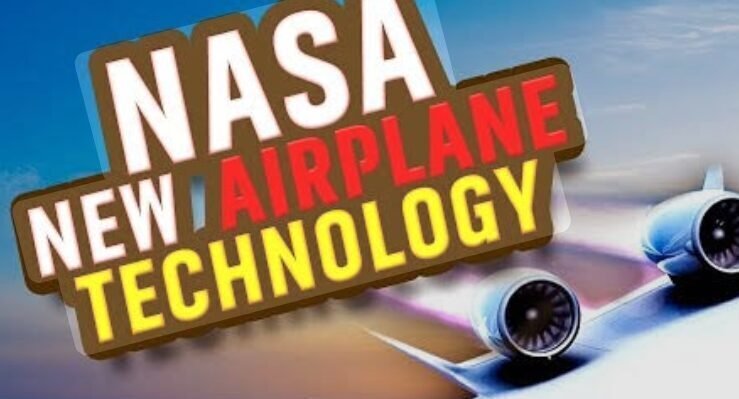New Airplane Technology
The aviation industry is undergoing a significant transformation, driven by cutting-edge technologies that aim to make air travel safer, more efficient, eco-friendly, and comfortable. New airplane technology is redefining how we fly, from advanced materials to autonomous systems and environmentally friendly energy.
1. Sustainable Aviation Fuel (SAF) and Hydrogen Power
The impact on the environment is one of the most pressing issues in aviation. Sustainable Aviation Fuel (SAF), a renewable alternative to conventional jet fuel made from waste oils, agricultural residues, and even algae, is being used in more and more modern aircraft.
SAFE can reduce carbonate emissions buy ups to 80%. In parallel, hydrogen-powered aircraft with the potential to fly without emitting any emissions are being developed. Under its ZEROe program, Airbus, for instance, has presented concepts for hydrogen-powered aircraft with a 2035 target for commercial deployment.
| Technology | Description | Benefit |
|---|---|---|
| Sustainable Aviation Fuel (SAF) | Bio-based jet fuel from waste oils & biomass | Reduces carbon emissions by up to 80% |
| Hydrogen Power | Zero-emission engines using hydrogen gas | Green alternative to fossil fuels |
| Electric Propulsion | Battery-powered engines for short-haul flights | Low noise, no emissions, lower cost |
| Lightweight Materials | Carbon-fiber composites in body structure | Increased fuel efficiency and durability |
| Autonomous Systems | AI and machine learning for smart flying | Improved safety and reduced pilot workload |
| Advanced Avionics | Real-time weather, navigation, and sensors | Better communication and flight accuracy |
| Blended Wing Body (BWB) | New aircraft shape combining body and wings | Lower drag and better lift performance |
2. Materials for Lightweight Composites
The use of advanced composite materials, such as carbon fiber-reinforced polymers, is reducing aircraft weight while maintaining structural strength. Lighter aircraft use less fuel, which increases efficiency and lowers costs. These materials are used extensively in the Boeing 787 Dreamliner and Airbus A350 XWB, resulting in quieter, smoother, and more fuel-efficient flights.
3. Electric and Hybrid-Electric Propulsion
Electric propulsion is revolutionary, particularly for short-distance flights. Electric or hybrid engines are being developed by NASA, Rolls-Royce, and startups like Eviation, which is developing its all-electric Alice aircraft, to significantly reduce noise and emissions. These technologies are expected to reshape regional air travel by the 2030s.
4. Autonomous and AI-Assisted Flight
Artificial intelligence and machine learning are enabling semi-autonomous and autonomous flight operations. Modern autopilot systems can now handle complex flight tasks, while AI helps in predictive maintenance, optimizing routes, and enhancing safety. Real-time data analytics and decision-making may support fewer human interventions in future cockpits.
5. Advanced Avionics and Connectivity
In-flight connectivity is improving with the integration of satellite-based internet and advanced avionics systems. Pilots now have access to real-time weather updates, global tracking, and smart navigation systems. Passengers enjoy better Wi-Fi and entertainment systems, making flights more productive and enjoyable.
6.Design for a blended wing body (BWB)
The Blended Wing Body and other innovative aircraft shapes offer enhanced aerodynamics and fuel efficiency. These futuristic designs reduce drag while increasing lift by combining the body and wings into a single structure. Boeing and NASA are working together to study BWB prototypes for possible commercial applications.
Conclusion
New airplane technologies are not just about speed—they’re focused on sustainability, safety, and smarter travel. The aviation industry’s future appears to be more environmentally conscious, autonomous, and accommodating to passengers than ever before.
Jain WhatsApp group
Jain telegram group
